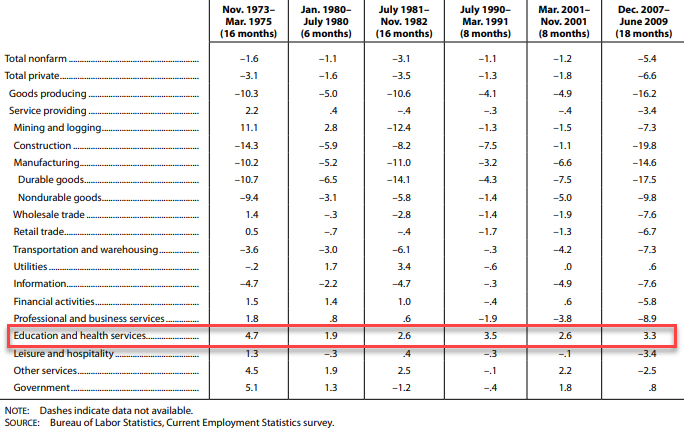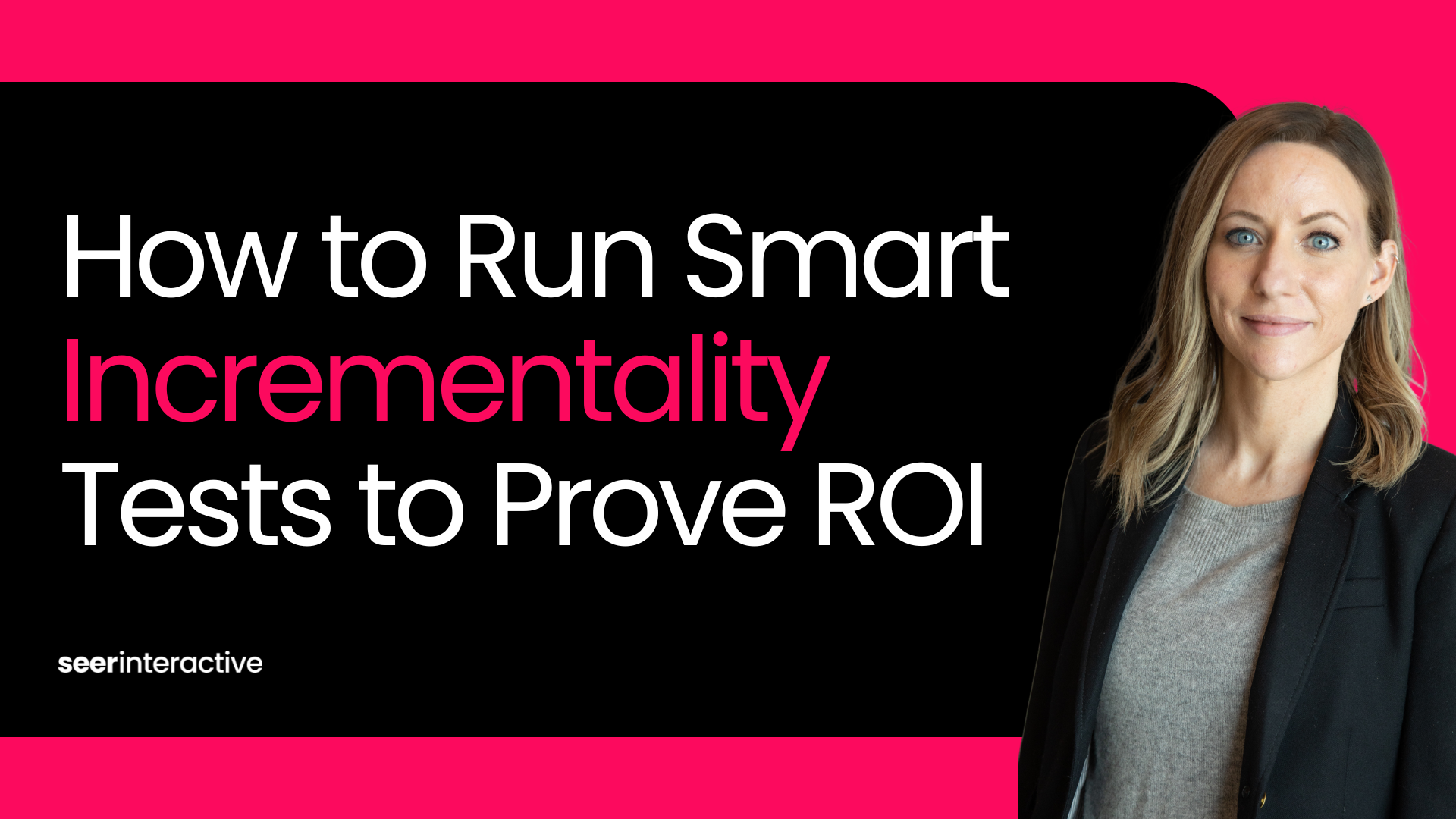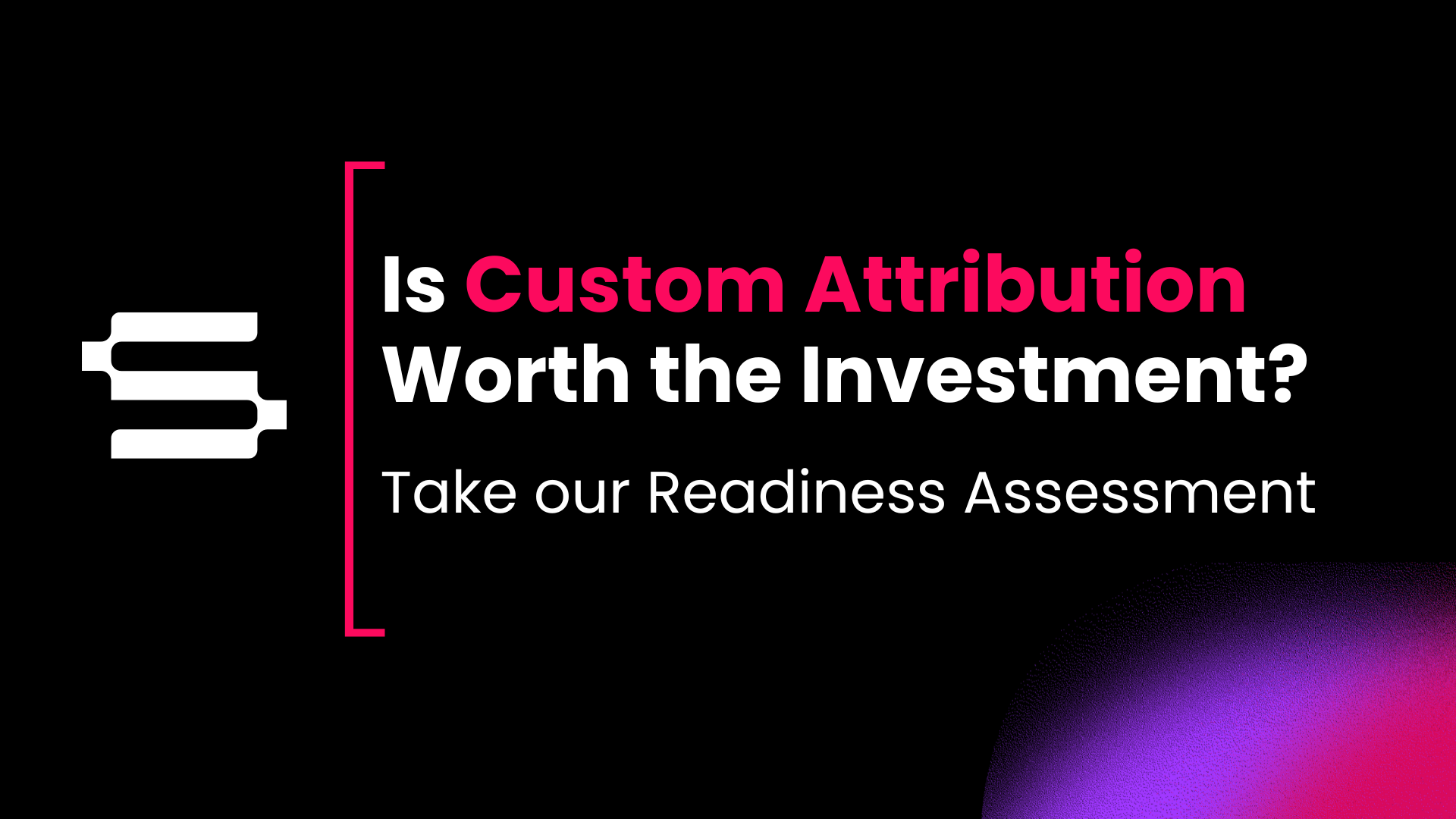2020: The Year of The Unexpected, and Much Needed Change
Now, more than ever, is the time to rethink where to invest in marketing, advertising and analytics. We’ll walk you through a few areas to consider as you’re creating and adjusting your plans.
1) Your website is the way to recruit with limited in-person / outdoor activities
School visits or on-campus tours? Maybe virtual. Direct mail is still in play, but what do you promote? Where do you send those prospects?
Billboards and bus/subway ads are still available, but folks are spending less time outside or using public transportation. That means less eyes on those costly spots.

Image Credit: Pikist
While your website has long been a driver in aiding recruitment, it has become the way to recruit with the limitations in place due to COVID-19.
- How are you augmenting or enhancing your recruiting efforts with digital campaigns (search, social, display)?
For tips on how to host virtual events for recruiting and other efforts, read our POV on taking your events online.
2) Invest in better analytics / technology, and make data-driven marketing decisions
As times are uncertain, there’s one thing that you need certainty on: your decision making. Without the ability to make sound, confident decisions during periods of uncertainty, the uncertainty only multiplies. That’s a risk that most companies can’t afford to take, and if they’re not aware of it, it becomes a risk that manifests after it’s already too late.
In specific, in recessions, Harvard Business Review found that investments in data, and data-backed technologies “make companies more agile and therefore better able to handle the uncertainty and rapid change that come with a recession.” Simply put, you can make better decisions faster and with an “opportunity cost...lower than it would be in good times.”
This is why we’re seeing savvy companies now taking opportunities to upgrade to more premium Analytics tools, such as Google Analytics 360 (GA 360) or Adobe Analytics (check out our comparison here). Or, if they have the fortune of already utilizing premium analytics tools, we find users augmenting their tech stack with complimentary tools for UX like Hotjar, A/B testing like Google Optimize, or onboarding onto cloud databases with BigQuery.
The companies that can afford to make these changes now have a unique opportunity to get ahead of their competitors by making better decisions faster, leading to better results.
Finally, if you aren’t currently tying back marketing efforts to their desired end result (often student enrollments), this is an excellent time to invest in an opportunity like closed-loop. If you have GA 360 & Salesforce, you get the opportunity to leverage their integration to pass back actual results that you wish to measure against, like admitted or enrolled students. If you can truly make decisions based on what’s driving results for your institution with sound accurate data, you’ll get a head start on your competition during these times.
- How are you tracking your marketing efforts against enrollments by integrating your CRM into a platform like GA 360?
3) Pivot the way you market / advertise based on how users are searching
Looking at query trends across our data warehouse, we’re seeing users shift the way they search or what they’re searching. For example, we’re seeing more interest in ad-hoc, short form education like certificates than traditional degree programs.
We’re also seeing students are price-conscious, and queries for “financial aid”, “grants” and “scholarships” have increased 17% year-over-year according to Google.
Lastly, there seems to be a shifting definition of reputation in higher education. In the past, you may have relied on your US News & World rankings. Today you must address our current climate: “A school’s reputation isn’t just about how well a student learns on your campus, it’s also about how well a student lives on your campus.”
- How can you change the way you speak to your audience and address their latest concerns and needs?
4) Focus on your online programs
In a recent Google survey, 33% of respondents said “professors not trained to teach online” negatively impacted their education since the start of COVID-19. That was second behind “lack of engagement with teachers/peers”. But are you a college that has already offered online courses? Promote that! You’ve been there, done that.
- How can you shift more advertising budget behind your online programs when the interest is at an all-time high?
5) Focus on Graduate programs which saw an increase in the last recession, and “recession-proof” fields
Take a look at past recessions. Going back to the 70s, education and health services is one of the few industries to never experience a decline in employment. How can you use this information to better inform marketing and advertising? How about promoting those programs to students in the market?

We also saw an increase in Graduate program enrollments during the Great Recession of 2008, especially recent graduates who might have taken some time off, as folks expected a more competitive job marketplace. It’s time to encourage your undergrad students to become graduate students.
- How do you increase your brand awareness to audiences in-market for degrees in “recession-proof” fields and retention efforts to recent undergrad graduates?
A Lot Has Happened & There’s More to Come!
This may only be the beginning too. Travel restrictions are impacting international student enrollment. While current students will still be able to attend virtually this semester, who knows what’s in store for them moving forward? Also, will people ever feel the same as before when it comes to travel, leaving behind friends and family for an extended period of time?
Sign up for our newsletter for more posts like this - delivered straight to your inbox!




